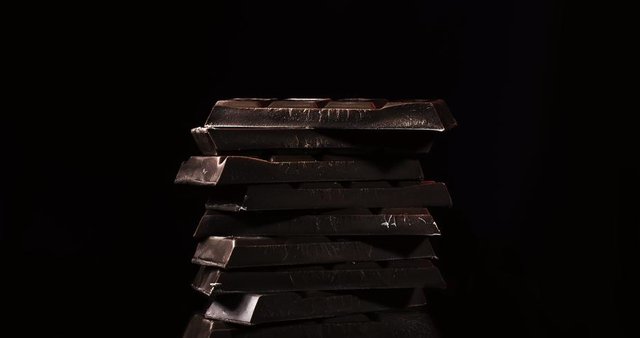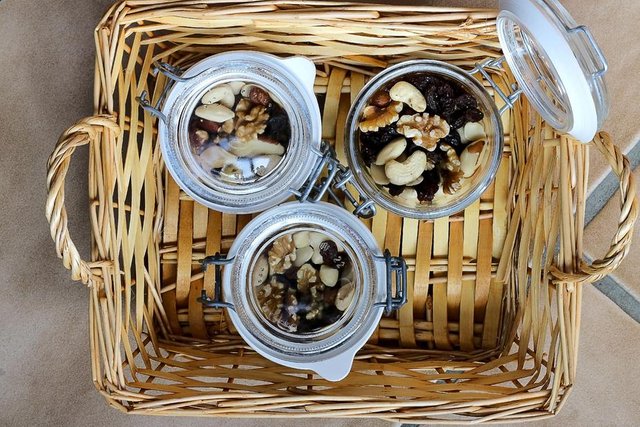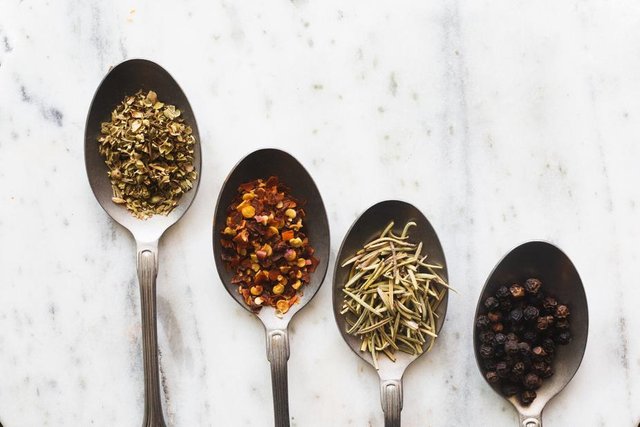The difference in taste from Central America, South American, African to Indo-pacific coffees?
Which coffee origin do I choose?
Okay so we get this question a lot, you want to grab a bag of coffee that fits your taste preference but you have no idea where to start. Someone actually told me the other day that they don’t like Arabica because it’s too acidic for them.
Honestly that’s an easy association to make as loads of specialty coffees are roasted fairly light, which emphasizes the fruity/acidic notes, but as a matter of fact, that’s not necessarily the trait of Arabica, it’s just how the roaster approached that specific bean.
Okay so here’s a quick guide of sourcing the perfect bean for you, keep in mind that there are millions of exceptions, but certain regions have certain characteristics mostly because of the varietal of coffee plant grown in the region as well as the popular processing method of that region (If you want to know more about Processing methods check out our post on that here)
This is my view and in some cases the general view on coffees that come from certain regions, also note that this is not the coffee bible just my experience as an avid coffee drinker and recently, also a coffee roaster, yay!
Central America

Central America has a crazy vast spectrum of flavors owed to the many micro-climates of the region. Personally I love most of the coffees coming out of central America.
Coffees from Guatemala, Honduras, Costa-Rica & Nicaragua are usually smooth, sweet, mild in acidity and almost always offers notes of chocolate, brown sugar and cacao.
If you like the taste of “nostalgia” coffee then you can’t go wrong with these, great for an everyday, morning coffee.
South America

Colombia coffees are very fruity and bright lots of tropical fruit and cherry notes. Most roasters opt for light roasts to bring out the sweet fruits and acidity, however Colombian beans do tend to offer some nuts, dried fruit and caramel notes to balance it out. Really delicious coffees, maybe enjoyed over an hourglass brewer on a hot summer’s day.
Brazilian coffees are what some roasters refer to as “work horse” coffees, they just pair well with almost all coffees, they are rich and sweet with deep chocolate, nut and spice notes. Roasters often use them in blends to lend a comforting base note to the overall flavor profile. Wonderful in the Aeropress & Moka pot.
Africa

African coffee flavor profiles range from zesty lemons, florals and wine to dates, mango, pineapple and berries. I realise that lemon zest isn’t something normally associated with a good cup of coffee but these types of coffees will sometimes be used to add some juicy fruit notes to lighten up a blend and a little bit of acidity is also great to punch through the milk in cappuccinos for example.
Ethiopia, the birth place of coffee, not surprisingly offers some of the world’s best quality beans. Ethiopia has three main coffee growing regions, Harar, Yirgacheffe and Sidamo. These coffees mostly taste intensely fruity, juicy and bright with some florals over medium body and moderate to high acidity. Great for cold brews and pour-overs!
Rwanda – One note that always comes to mind is dates. Rwandan coffee is always rich and syrup like with dates & honey shining through in almost every cup I’ve ever tasted.
Roasted light, can bring out some lemony/ citrus notes while roasted medium can really bring out some rich, complex caramel and toffee flavors. YUM! Ive made some super delicious Rwandans with the Aeropress and its popular in Espresso
Ugandan coffees mostly strike me as super earthy and spicy while Tanzania offers some really juicy, nutty, medium bodied coffees with cacao and brown sugar.
Kenya is mostly prized for its bright and big acidic coffees; they have lots of fruit and some savory nuances. Great for pour-overs and the siphon brewing method.
Indo-pacific

Wild, earthy, savory and spicy comes to mind when I think of this region.
Coffees from Flores, India, Sumatra and Java are all bold with a lot of body, they have quite unusual flavors but mostly tends to be quite savory and spicy.
Great for espresso, mokapots, Aeropress and french press type brewers.
@aliciasteyn lol spicy coffee that would freak out everyone in the office, who eve has an office, should try that ;D i am upvoting Your post, as part of PlanktonGrow program. Would You like to know how to engage here in more ways? and how You can get more support? i got all the helpful guides, steem tools on my channel here, come see click my name: @planktongrow
hey @plaktongrow thats funny because youve probably had some spicy coffee and you didnt even know. thanx for the upvote, will follow your page for sure
✅ Enjoy the vote! For more amazing content, please follow @themadcurator for a chance to receive more free votes!